Zachodniopomorskie Province
A coastal region offering lots of great adventures and home to many seaside resorts and famous health spas, the province has attractive natural areas including two national parks (Wolin and Drawa). Zachodniopomorskie province is a region with lots of attractions for every tourist.
Zachodniopomorskie province lies in north western Poland, bordering on the Baltic Sea in the north, Germany in the west and in Poland sharing a border with three provinces: Pomorskie, Wielkopolskie and Lubuskie. The province capital is Szczecin. Zachodniopomorskie province covers an area of almost 22,900 sq. km.
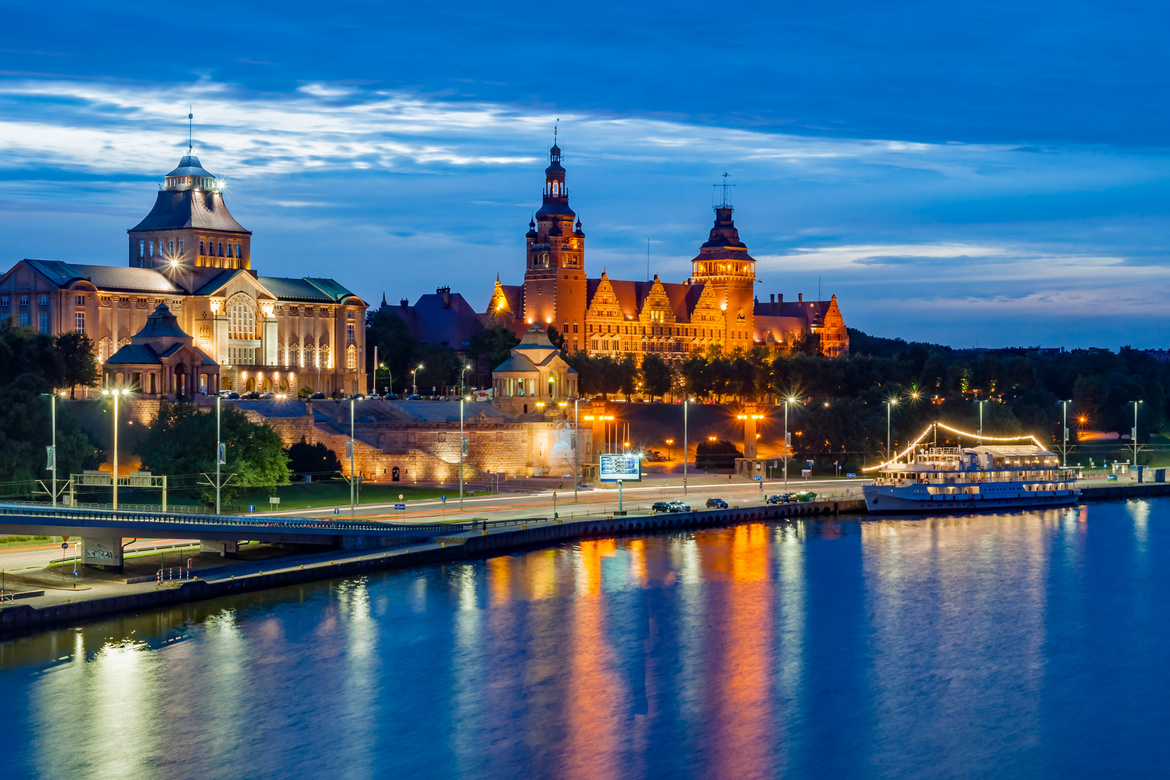
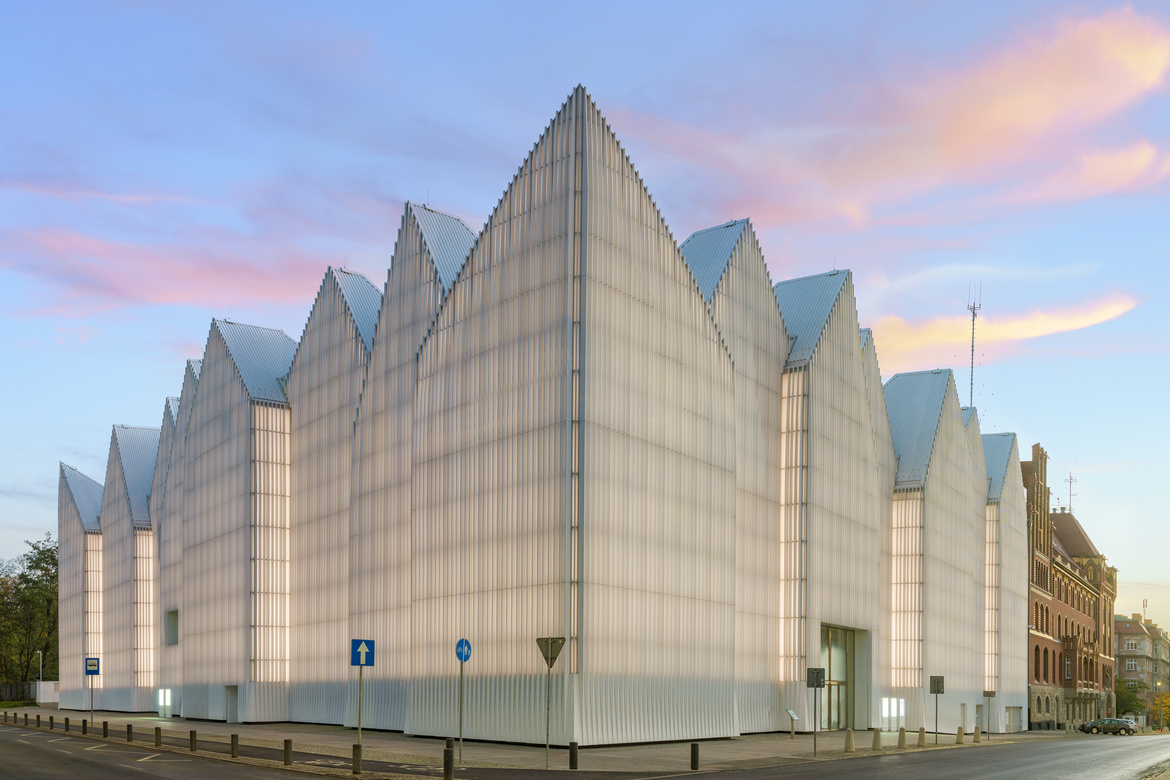
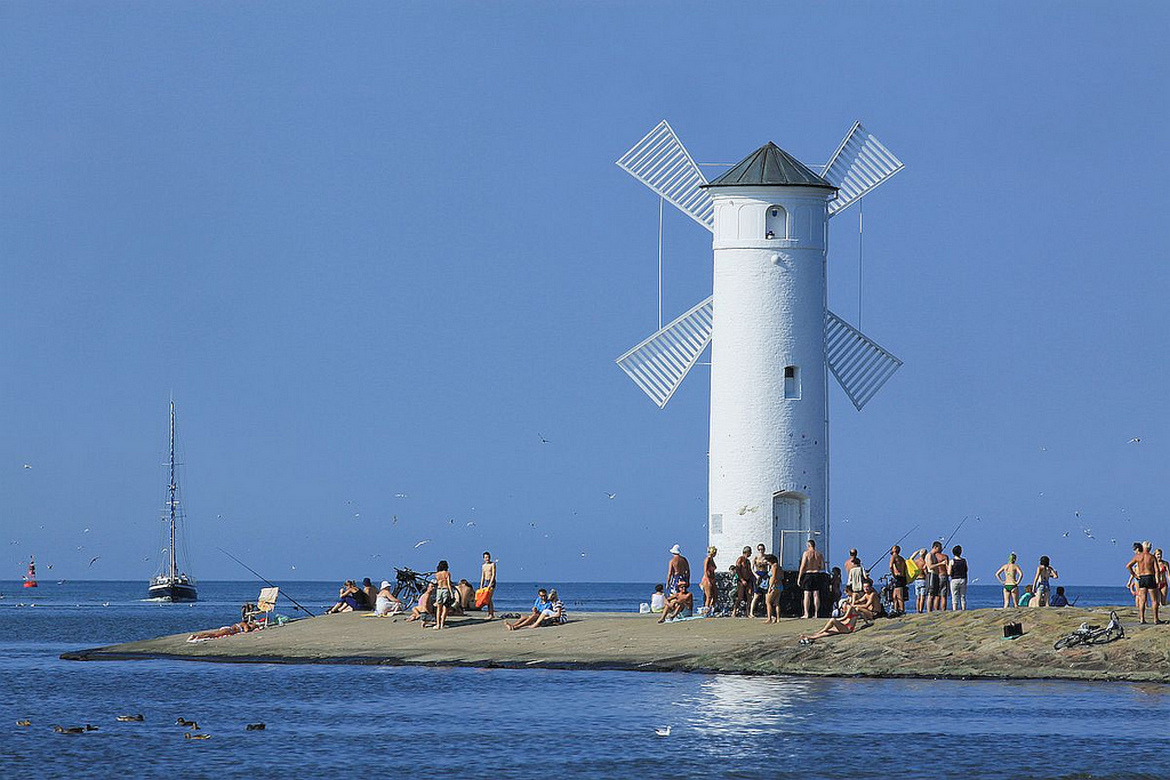
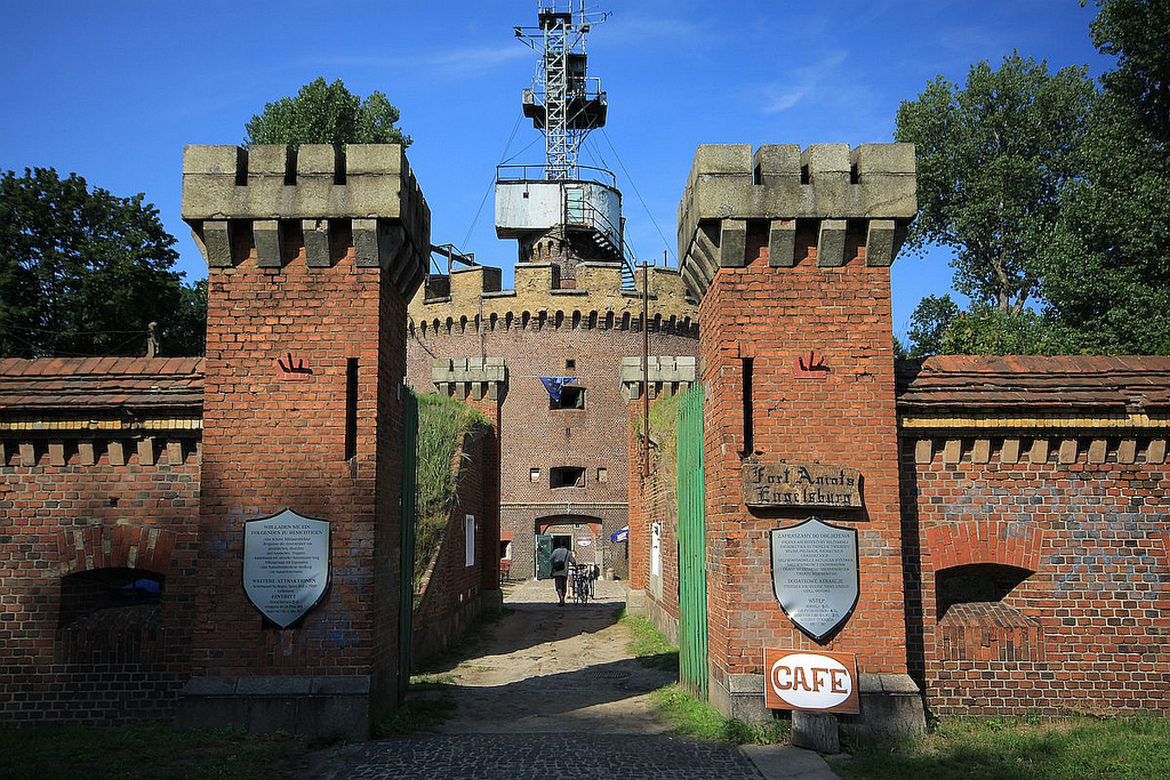
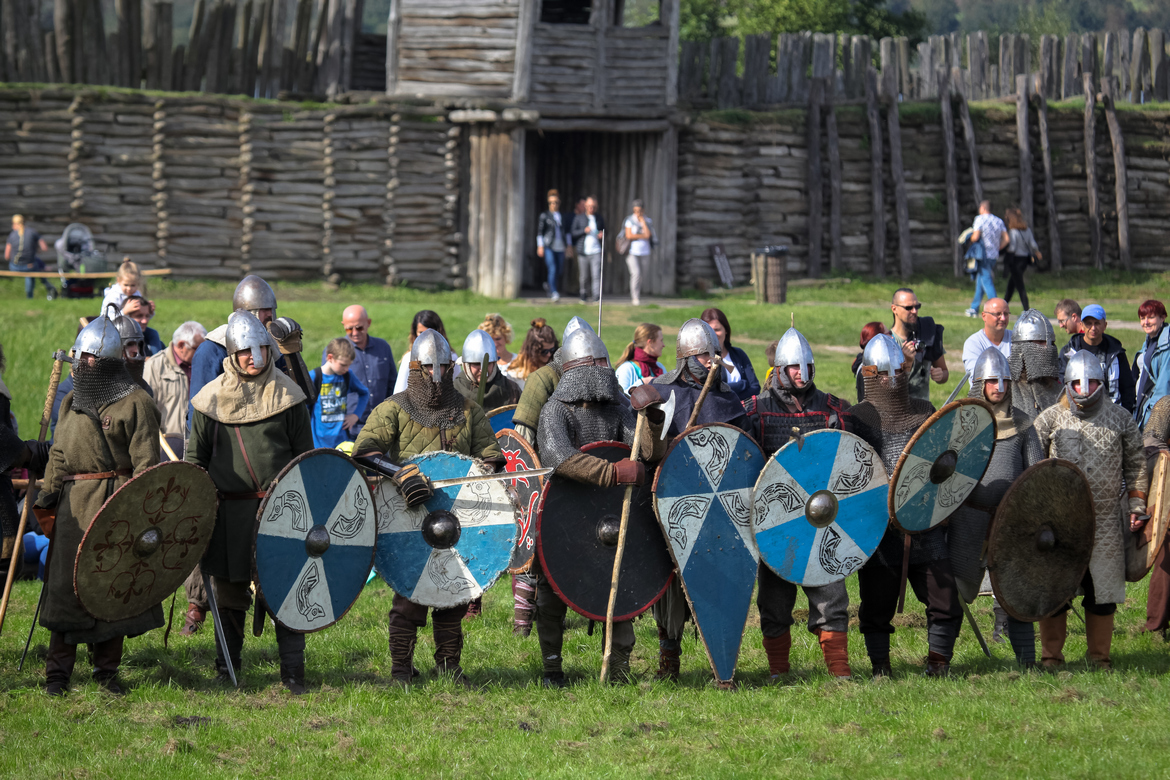
West Pomerania: Sea of Adventures
It’s only here that you can taste edible flowers, feel like a Viking, see stone circles, climb the tallest lighthouse on the Polish Baltic coast and ride a tank!
The Vikings never wore horned helmets, nor were they a separate tribe. The word is used for Scandinavian warriors who organized expeditions to Western Europe and to the East between the 8th and 12th centuries. Although they came from different countries, they shared the same traditions and beliefs, a strict moral code and many skills; armour making, boatbuilding, construction and farming but also management. Women took part in public life, married whoever they wanted and even ruled. This history is described in a fascinating way by Elżbieta Cherezińska in her North Way cycle and in the dilogy about Boleslaus the Brave’s sister, Sigrid the Haughty, which takes readers to Jomsborg, a legendary Viking settlement. This village has been recreated at the open-air museum of the Jomsborg-Vineta Wolin Slavs and Vikings Centre with 27 huts – copies of early medieval Wolin – surrounded by a palisade. The Slavs and Vikings Festival and the Viking Fair held here enable visitors to learn about medieval crafts and warriors’ weapons, watch medieval martial arts and try foods made according to old recipes. A visit to Wolin is an original introduction to further must-see attractions in the region. Below are some of them.
Water, Water Everywhere
You cannot understand what Henryk Sienkiewicz’s lighthouse keeper really felt until you climb to the top of one of the seven navigation towers on the Lighthouse Trail. The most attractive one is the tallest on the Baltic and one of the tallest in the world; the lighthouse in Świnoujście. It is 64.5m high, its light reaches 46.4km out to the sea and like the other lighthouses in Kikut, Niechorze, Kołobrzeg, Gąski, Darłowo and Jarosławiec, it is open to tourists. You can also tour military historical sites in Świnoujście including Fort Gerhard and the Underground City on Wolin Island, the Angel Fort, the Western Fort and the firehouse near Zdrojowy Park. The city is especially worth visiting during the annual Fortress Days which always conclude with the re-enactment of some historical battle.
Wolin and Darłowo together with almost 40 other localities lie on the West Pomeranian Sailing Route. This network of tourist ports equipped with the state-of-the-art infrastructure runs along the main waterway leading from Berlin, through Szczecin (the province capital) to Szwecja. Canoers will enjoy the routes on the Drawa, Płonia, Myśla, Parsęta, Ina and Rega rivers.
The Pomeranian Wall Bunkers Route (Szwecja – Golcowe Bagno – Zdbice – Szwecja), which is part of the Pomeranian Wall Route, takes you to the remains of German fortifications and bunkers from World War II. They are surrounded by extraordinary natural resources such as the postglacial Lake Zbiczno and Golcowe Bagno – a peatland reserve that is unique in Europe. To continue the military theme, there is the Tracks and Horseshoes Military Vehicle Rally in Borne Sulinowo, an event during which you can try riding a tank, for example.
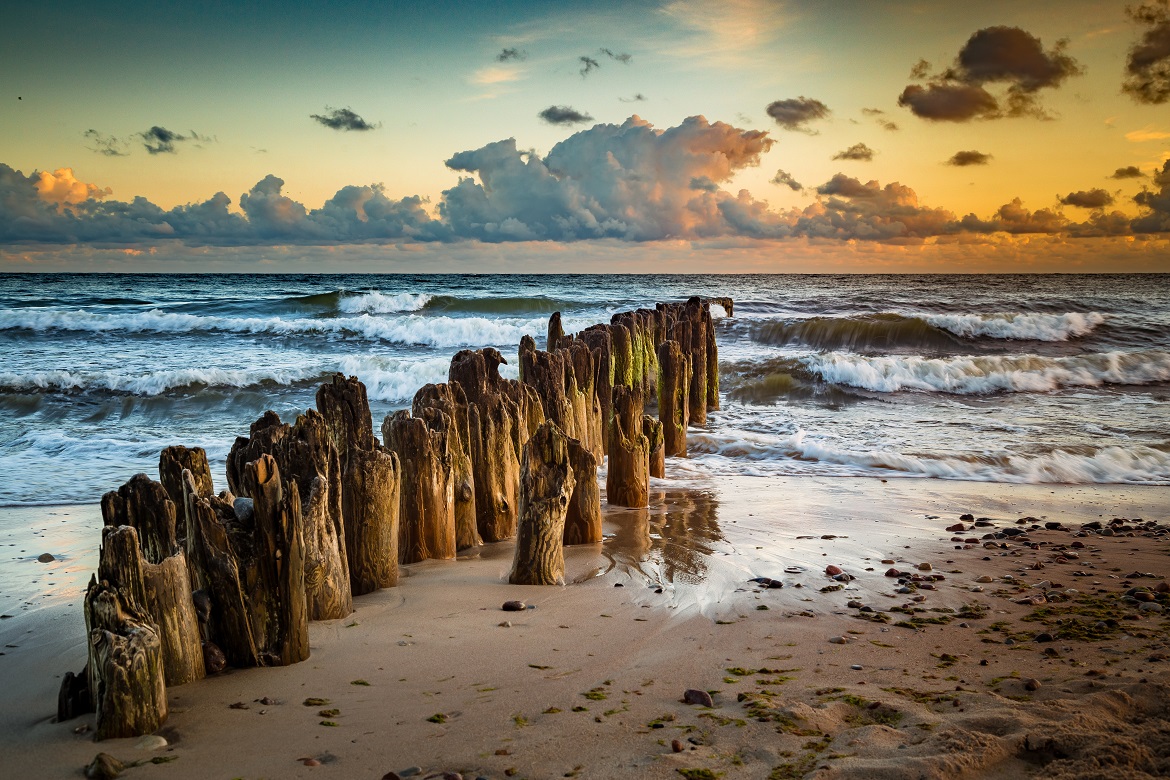
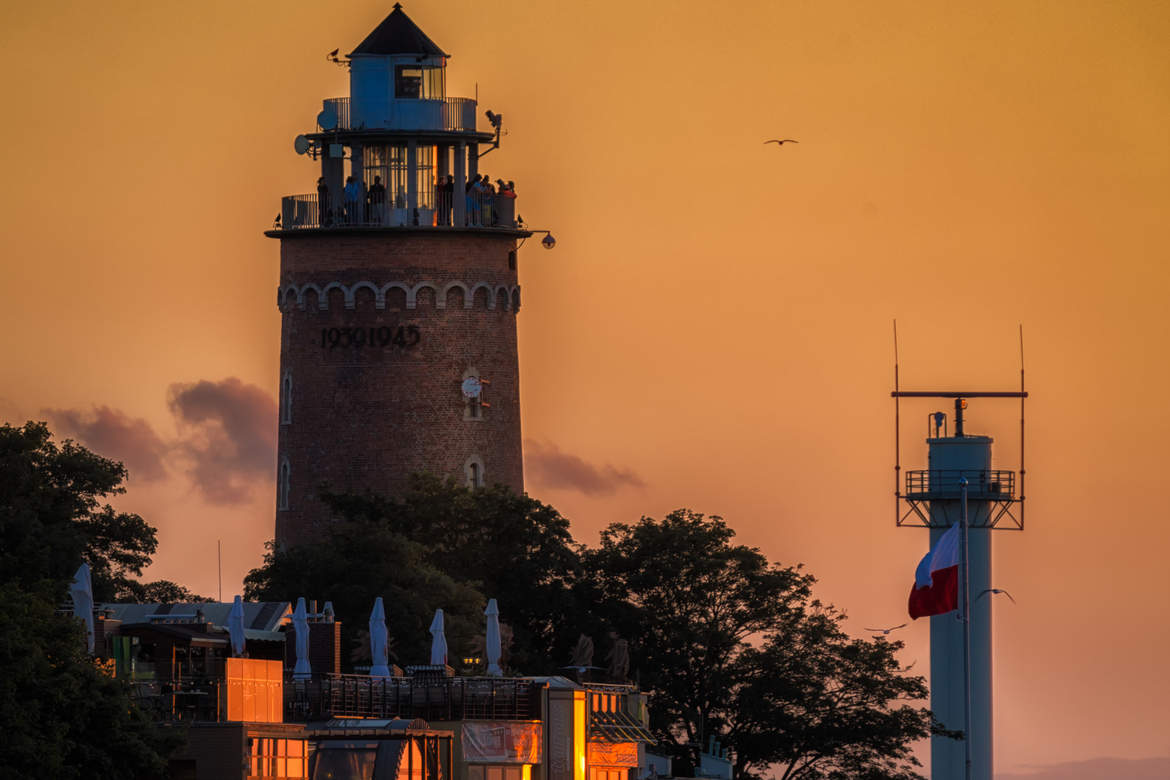
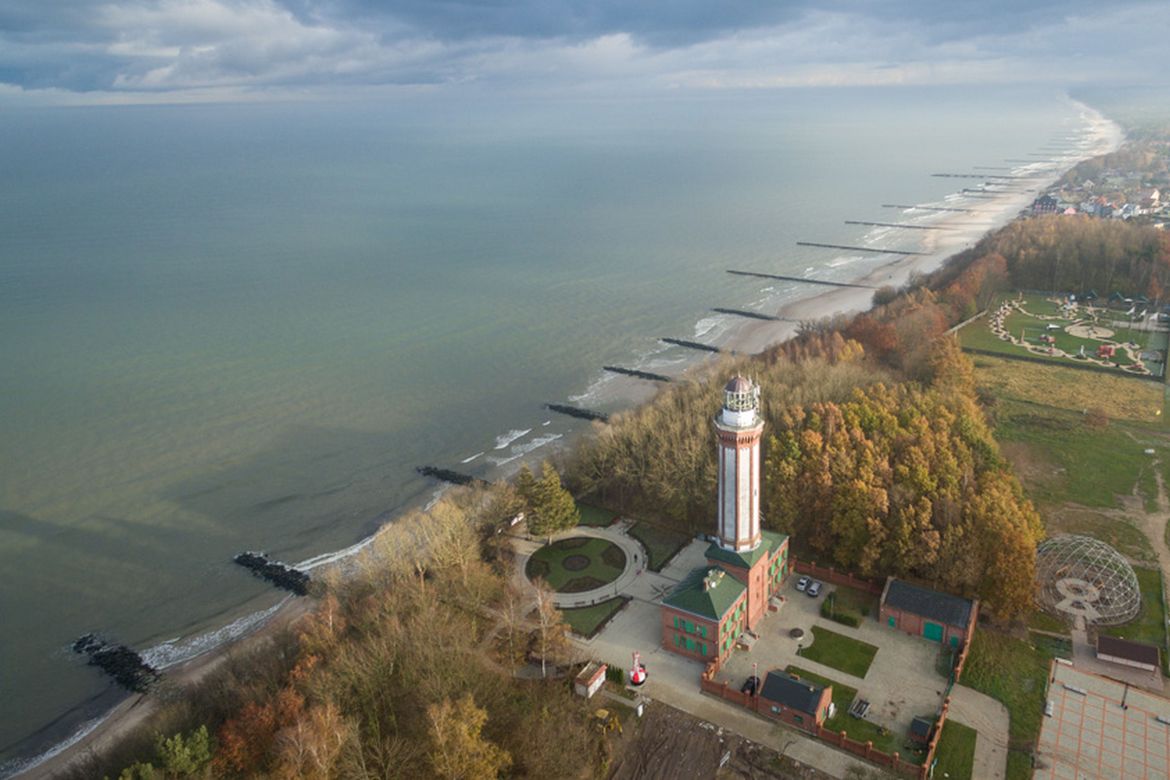
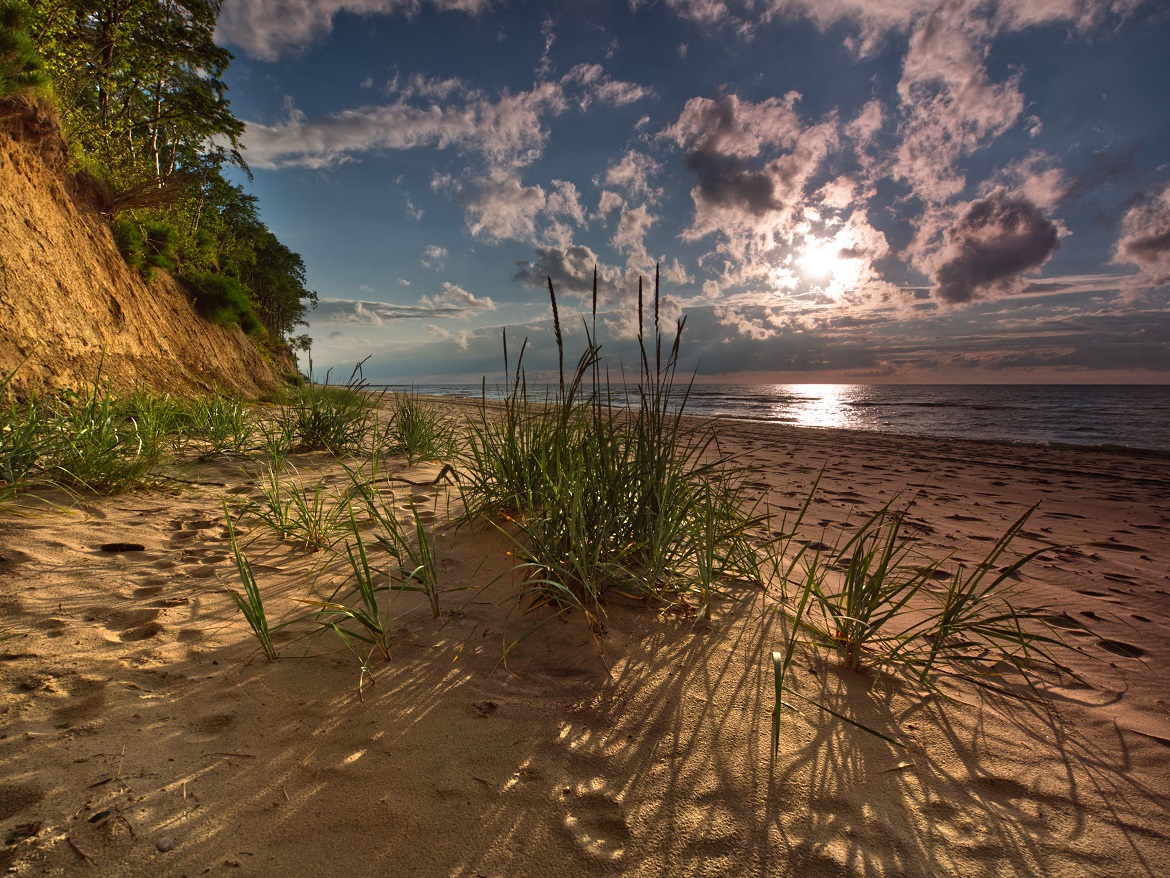
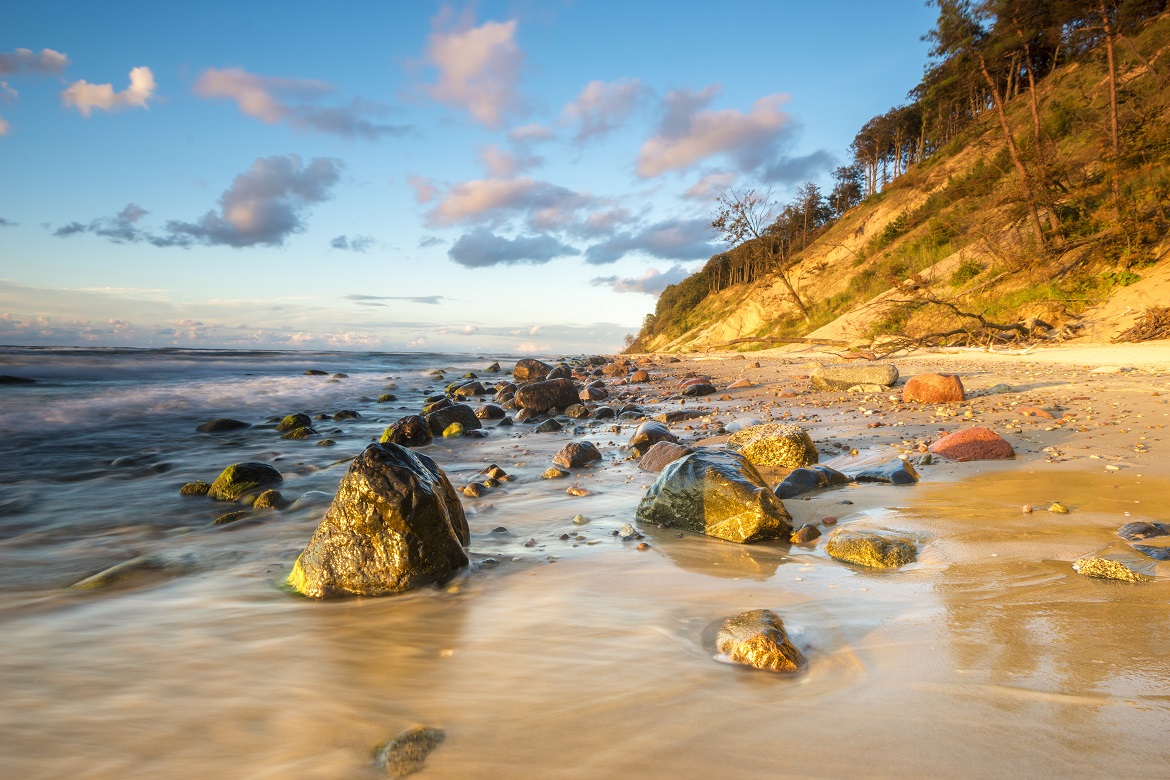
Historical Sites and Nature
The cellars of the Baroque palace in Siemczyno are now home to the Interactive Museum of the Baroque. You can learn how ballroom gowns were made, what was cooked for and served to “lords and ladies” and how the aristocracy spent their free time. This usually entailed playing and listening to music, playing chequers or cards or seeing what plays were staged at such residences. This palace and farm complex welcomes hotel guests especially during Henrykowo (Heinrichsdorf) Days, a reference to the village’s old German name. Shows of historical fashion, re-enactments, craft workshops and performances by artists fill the three-day calendar of this event. The palace park boasts a hornbeam-lined avenue where the tree branches are imaginatively intertwined. This is the work of gardeners from the olden days, not mother nature.
Dishes featuring lavender, roses, fuchsias and other garden varieties are served together with the appropriate recipes and a sizable dose of culinary knowledge during the Edible Flowers Culinary Festival, held annually at the Hortulus Themed Gardens and the Hortulus Spectabilis Gardens in Dobrzyca. They are 2km and 8km away from the Baltic respectively and are the result of a quarter-century-long passion for horticulture. The former garden features as many as 30 different landscaping concepts, such as rock, forest and water gardens, but also Japanese, French and English landscaping as well as original garden ideas. The latter garden is distinguished by its hornbeam maze, a tower shaped like a DNA double helix offering a view of a Stone Circle and a Celtic Calendar, and gardens of the four seasons.
Stargard Szczeciński, surrounded by walls packed with towers, lookout posts and gates, was one of the most powerful fortresses in the Duchy of Pomerania. The city’s most valuable historic building is the Collegiate Church of the Blessed Virgin Mary, Queen of the World, Poland’s 19th-tallest (83.5m) and one of the oldest churches in West Pomerania. Being one of the most valuable examples of religious architecture, it is listed as a European heritage site. The tallest church tower in the city is that of St. John’s Church, which boasts mascaron ornaments and a diamond vault that is unique in the province.
Cyclists simply must explore the routes of the Western Lakelands (e.g. Trzcińsko Zdrój – Siekierki), visiting the Wrzosowiska Cedyńskie heath reserve on the way.
The region is awash with golf courses: Binowo Park Golf Club, Amber Baltic Golf Club, Modry Las Golf Club, Kamień Country Golf Club.
Extraordinary Places
Among these is Poland’s biggest group of yews (10,000 specimens) in the Rokita Forestry District. These trees were used for building manor houses but also furniture, coffins and bows. In the forest close to Grzybnica, near Koszalin, you will find two stone circles left by Goths. The “bed of giants” – a triangular stone tomb with a 9-metre base – is a tomb left by people of the funnel-beaker culture from 5,000 years ago. This can be found in a field near the village of Krępcewo, past Stargard going towards Pyrzyce. The Crooked Forest near Gryfino near Szczecin is Poland’s largest and is a listed monument of nature. The lower trunks of the pines growing there are shaped like hooks.

